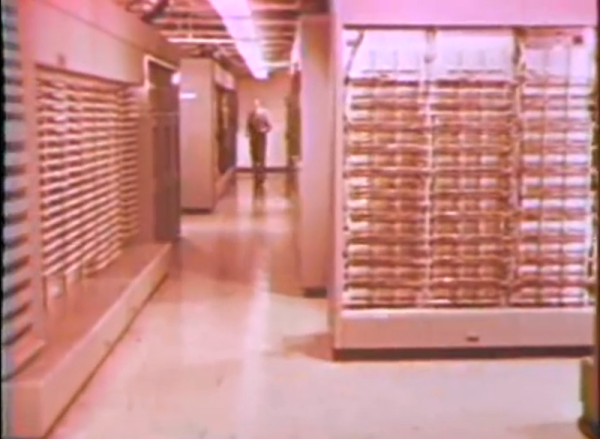Flat panel TVs have spoiled us. It used to be that a big display took up a lot of room on your desk or living room because of the depth of the CRT’s electron gun. We wonder what the designers of the charactron would think if they could see our big flat screens today. Never heard of a charactron? Check out [uniservo’s] video of one of these old character display tubes.
You might think the device is just a simple small CRT. However, it is much stranger than that. Inside the tube was a stencil that contained all the characters the device could display. A deflection coil would move an electron beam to light up a particular character. Then another coil would deflect the patterned electron beam to the desired space on the screen. In some cases, the entire set of stencils would get the beam and the first deflection coil would pick which character made it through an aperture. Either way, the tube was not just a display, but a character generator.













